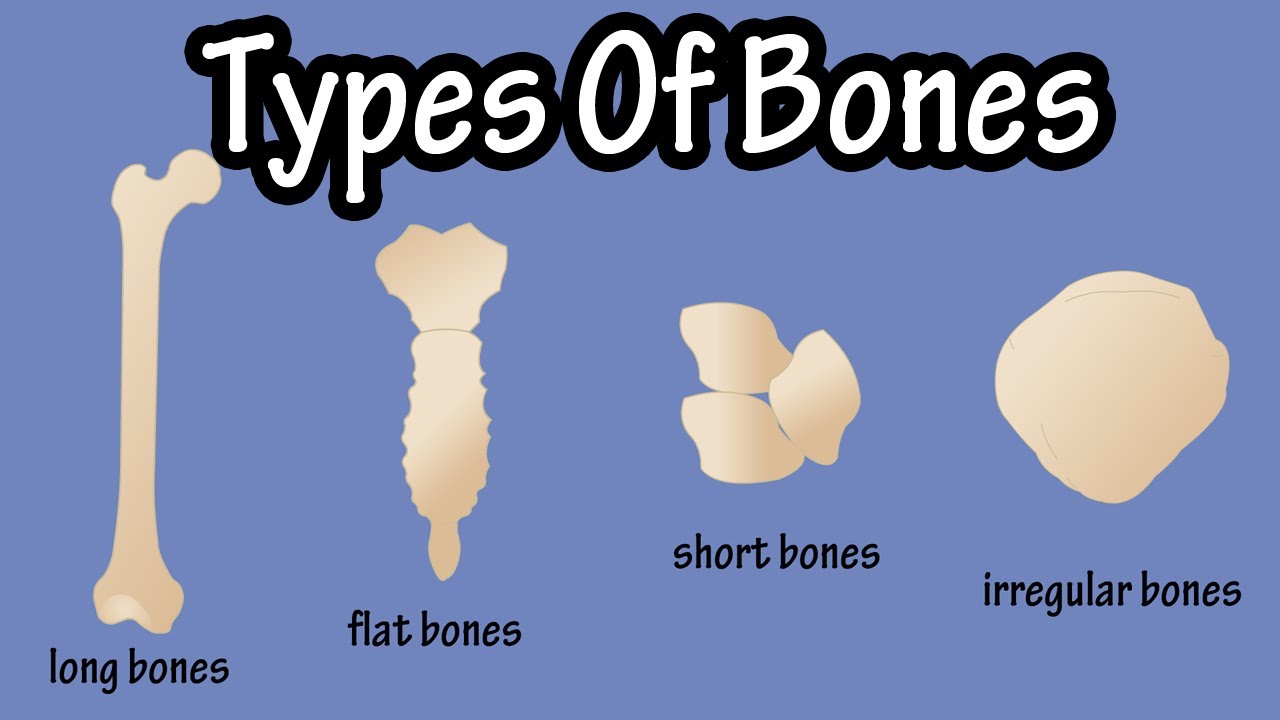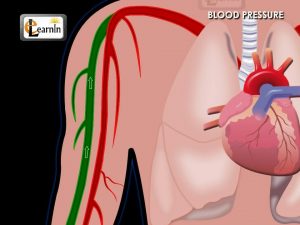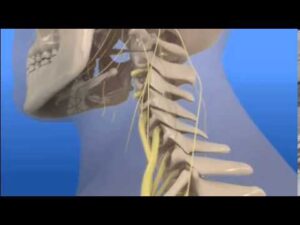In this video we look at the 4 types of bones in the body, long bones, short bones, flat bones and irregular bones. We also discuss some of the functions of each of the types of bones. Transcript notes There are 4 major classifications of bones based on their shapes. Long bones, short bones, flat bones and irregular bones. Not every single bone in the body fits perfectly into one of these classifications, as some bones may have characteristics of 2 or more of the classifications. Long bones are longer than they are wide, and they are mainly located in the appendicular skeleton, or in the arms and legs. At each end of a long bone a joint is formed. Long bones are important in movement and they support the weight of the body. Some examples of long bones are the femur or thigh bone, the humerus or arm bone, and the phalanges, or the bones of the fingers. Short bones are usually as long as they are wide, and they are often described as being cube shaped. Examples of short bones are the carpals of the wrist and the tarsal bones located in the ankle region. Short bones have little to no movement and they provide support and stability. Flat bones are usually thin and sometimes have a curved shape to them. Flat bones protect internal organs such as the brain and heart, and many of them have broad surfaces for the attachment of muscles. Some examples of short bones are the cranial bones in the skull, the sternum and the ribs. Irregular bones vary in shape so they do not fit into one of the 3 previous categories. Some irregular bones protect organs and some such as the patella or knee cap attach to tendons. The patella are also classified as sesamoid bones, or round bones. Some sources list sesamoid bones as an irregular bone, and some sources list sesamoid bones as a fifth bone classification. And that be the basics on the types of bones in the body.

Types Of Bones In The Human Body – Long Bones – Short Bones – Flat Bones – Irregular Bones
- Post author:
- Post published:May 10, 2021
- Post category:Uncategorized
- Post comments:0 Comments
You Might Also Like

Soccer/ Football Video – 3

Pharmacodynamics

SPRINT FASTER – NO ARMS INTO SPRINT

What Is Yoga Video – 6
Lying Triceps Extension-7

Neurobion fort Tablet of Vitamin B Complex with B12

BAD FAT vs GOOD FAT – What Are YOU?

Supplements Video – 6

What Happens To Your Body When You Stop Exercising | The Human Body
Medical & Medicine
![Read more about the article [Classical Pop Fusion Music] A Tune For Today](https://videos.drmaheshkumar.com/wp-content/uploads/2021/10/Classical-Pop-Fusion-Music-A-Tune-For-Today-300x169.jpg)
[Classical Pop Fusion Music] A Tune For Today

Difference Between Cardio Endurance & Muscular Endurance : Around the Gym

Can I use hair oil after applying minoxidil?- Dr. Rasya Dixit

Jogging in place exercise

Glutamine Side Effects – Is Glutamine Really A Safe Supplement For Building Muscle?

Learn About Human Digestive System | Animation- Part 1| iKen | iKen Edu | iKen App

Best BCAA Pills

Lower Back Exercise: Stability Ball Reverse Back Extension

Erythrocyte Sedimentation Rate – Increase & Decrease ESR

BICEP EXERCISES FOR STRENGTH & DEFINITION
2 D ECCO

Hematology Video – 1

BCAAs Explained in 60 seconds – Should You Supplement With BCAAs?

Understanding Blood Pressure | Human Anatomy and Physiology video 3D animation | elearnin

7 Foods that Help Lower Hypertension Within 15 Days

Gynecological Surgeries Video – 4
One Arm Row Dumbbell-9

How To: Dumbbell Front Raise

How Does Creatine Work: Benefits, Side Effects & Dosage

Herbal Nutrition Video – 2

Back Exercise – Lat Pulldown Machine for Upper Lats

Sex Change Surgeries Video – 3

Gynecomastia Treatment – Is There Any Medical Treatment?

AUTO INJURY What Is Whiplash

Ideal Indian Diet Plan for young men – Ms. Sushma Jaiswal

Hyperextension Back Machines

Diet vs. Exercise for Weight Loss

What is LACTATION FAILURE? What does LACTATION FAILURE mean? LACTATION FAILURE meaning & explanation

Anemia – Causes, Symptoms, Treatments & More…

Anabolic Steroids – History, Definition, Use & Abuse Video – 33
Shrugs-11

